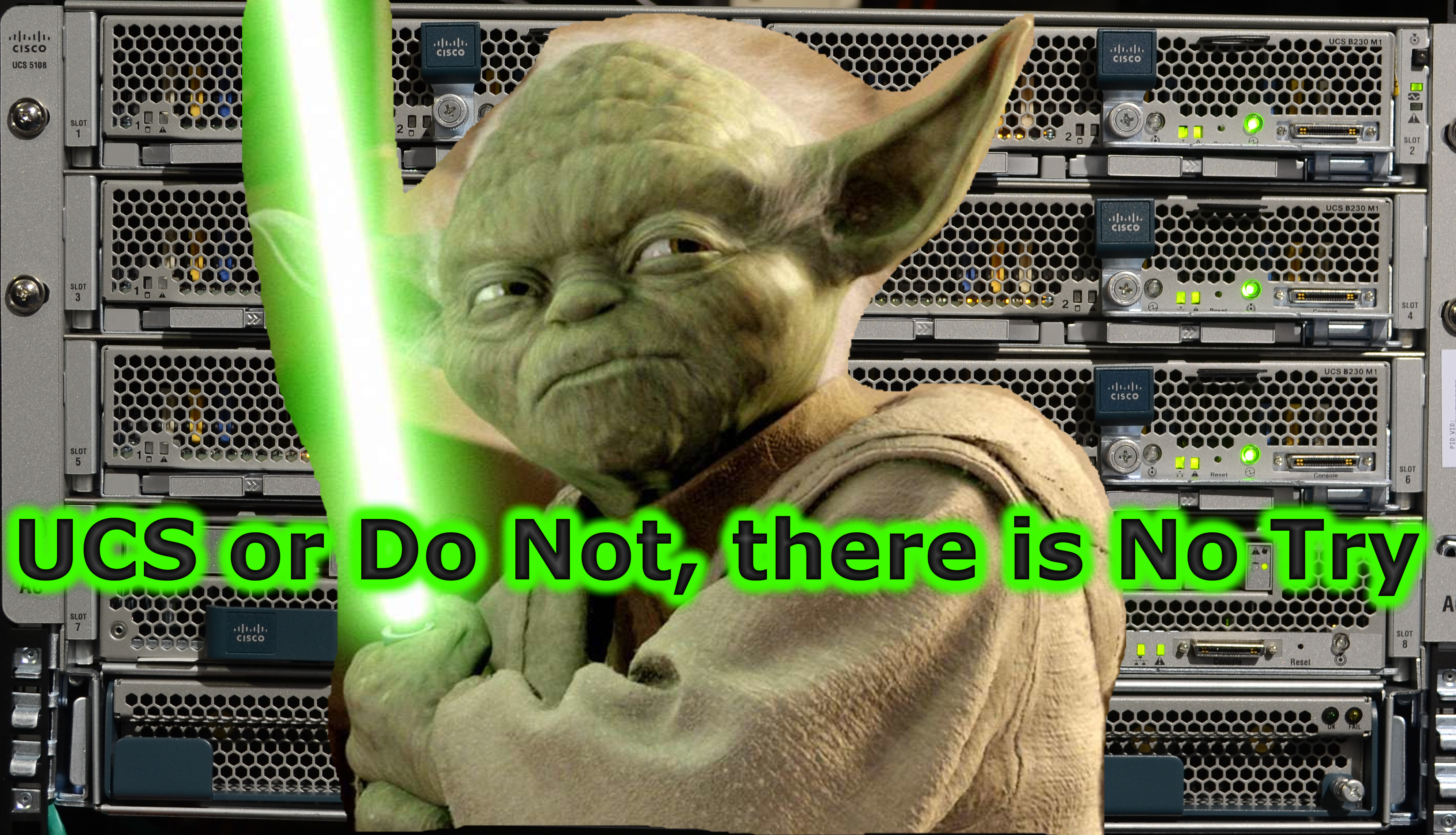As we’ve witnessed recently, unexpected emergencies and disasters can bring out the best in humanity. When our collective backs are against the wall, we’ve seen our communities around the world pull together on a much larger scale and with far greater urgency than we do on a day-to-day basis. And this year alone we have been able to accelerate innovation in ways that would otherwise seem impractical or unfeasible.
After all, necessity is the mother of invention.
Many examples of this have come to light this year, especially in the healthcare industry which has had to innovate quicker than ever before. One example I’ve been particularly impressed by is Sky Lakes Medical Center and their ability to innovate and adapt under extraordinary circumstances. On the frontlines of community health, the geographically isolated hospital in Southern Oregon had to act fast when COVID-19 began to impact normal hospital operations.
“As we stepped into this pandemic, we wanted to leverage technology to make our processes safer, deliver better care, and utilize our resources in different and better ways,” said John Gaede, director of information systems at Sky Lakes.
Fortunately, Sky Lakes had modernized its data center infrastructure in 2017 with Cisco HyperFlex. While the platform had already paid significant dividends, it became vitally important when the hospital had to change its operational processes – and develop entirely new ones – seemingly overnight.
“Having a hyperconverged infrastructure and a bridge between applications and data center systems,” Gaede said, “is what allowed us to stand up completely new models.”
Sky Lakes established a drive-through COVID-19 testing site and quickly became one of the state’s most active testers on a per capita basis. The hospital deployed a telehealth system that enables clinicians to provide remote consultations and minimize in-person appointments. Sky Lakes even deployed a mobile robot that allows its lone intensivist – who treats the sickest of patients – to visit bedsides and interact with patients and their families virtually.
These new services – which would typically involve months of scoping, configuration, deployment, and testing – were all stood up in a matter of days. And they’re all managed from a single pane of glass using Cisco Intersight.
“With telehealth, we talked about it on a Wednesday, we looked at technology on a Thursday, met with our teams on Friday, and then we were doing care on Monday,” Gaede said. “Challenge created the necessity to find ways to do this and people were open to it.”

“I can’t imagine going through the pandemic without a highly available, scalable infrastructure that can support a large number of applications,” Gaede said. “Cisco has helped us think outside of the box, color outside of the lines, and continue to innovate.”
Sky Lakes Medical is just one great story of remaining resilient in times of disruption. Organizations from all industries, including us at Cisco, have had to learn to operate differently and outside of their generally well controlled environments. Not only are their teams distributed today, but so are their applications. So, what does it take for teams and applications to work together seamlessly to be innovative, adaptive, and resilient in the face of extreme circumstances and unexpected disruption?
As cliché as it may sound, it boils down to people, process, and technology. You need:
- People with the skills and mindset to embrace change.
- A culture and set of processes that drive collaboration within and across functional teams.
- Modern technologies that provide exceptional flexibility, automation, visibility, and integration – securely connecting any user to any application from any cloud.
Organizations today need to equip their teams with technologies that allow them to work as one. They also need to invest in modernized infrastructure that is capable of automating IT processes and providing actionable insights based on a common data set. Those that do will tap into the ultimate superpower for business resiliency in the next new normal: IT agility. And, of course, it never hurts to pick a partner with experience across the broadest customer base to help you bring it all together, accelerate the business, reduce complexity, and tackle whatever may come our way next.
To learn more about how Cisco and our teams are working side by side with Sky Lakes Medical Center to innovate quickly to support the front lines, watch their interview and read their story.
Discover the solutions designed and built for change at any scale by visiting our Cloud and Compute Business Resiliency page and for more information around free trails and offers.
The post Beyond Crisis: Building resilience in times of disruption appeared first on Cisco Blogs.
Go to Source
Author: Raakhee Mistry
Powered by WPeMatico
